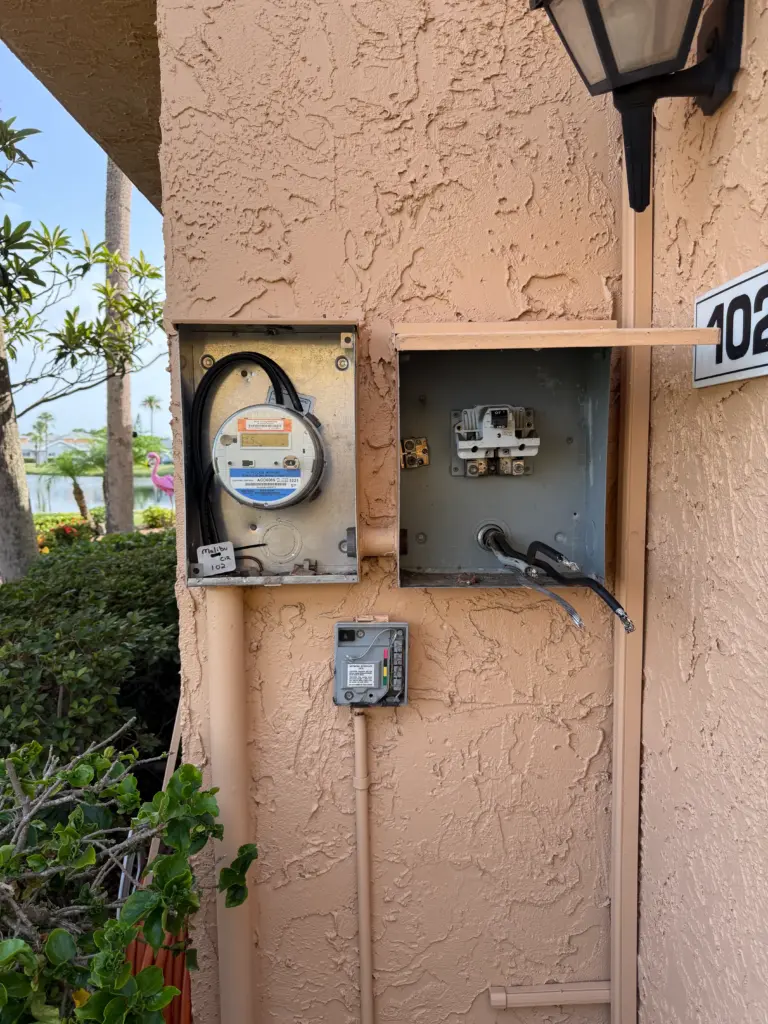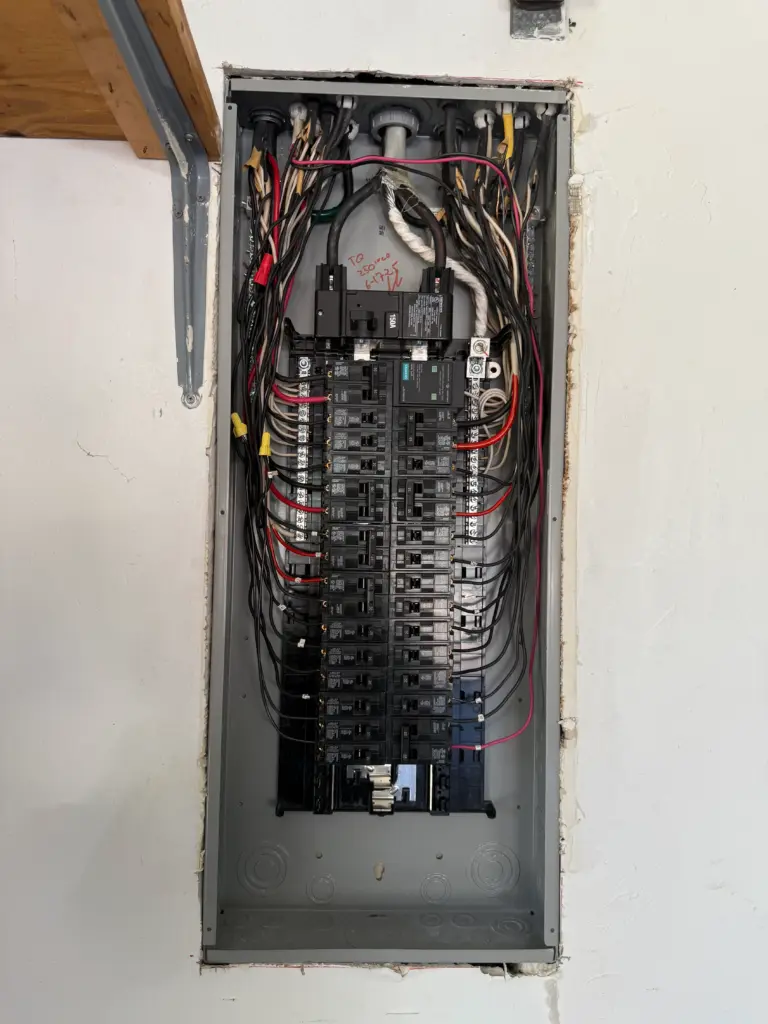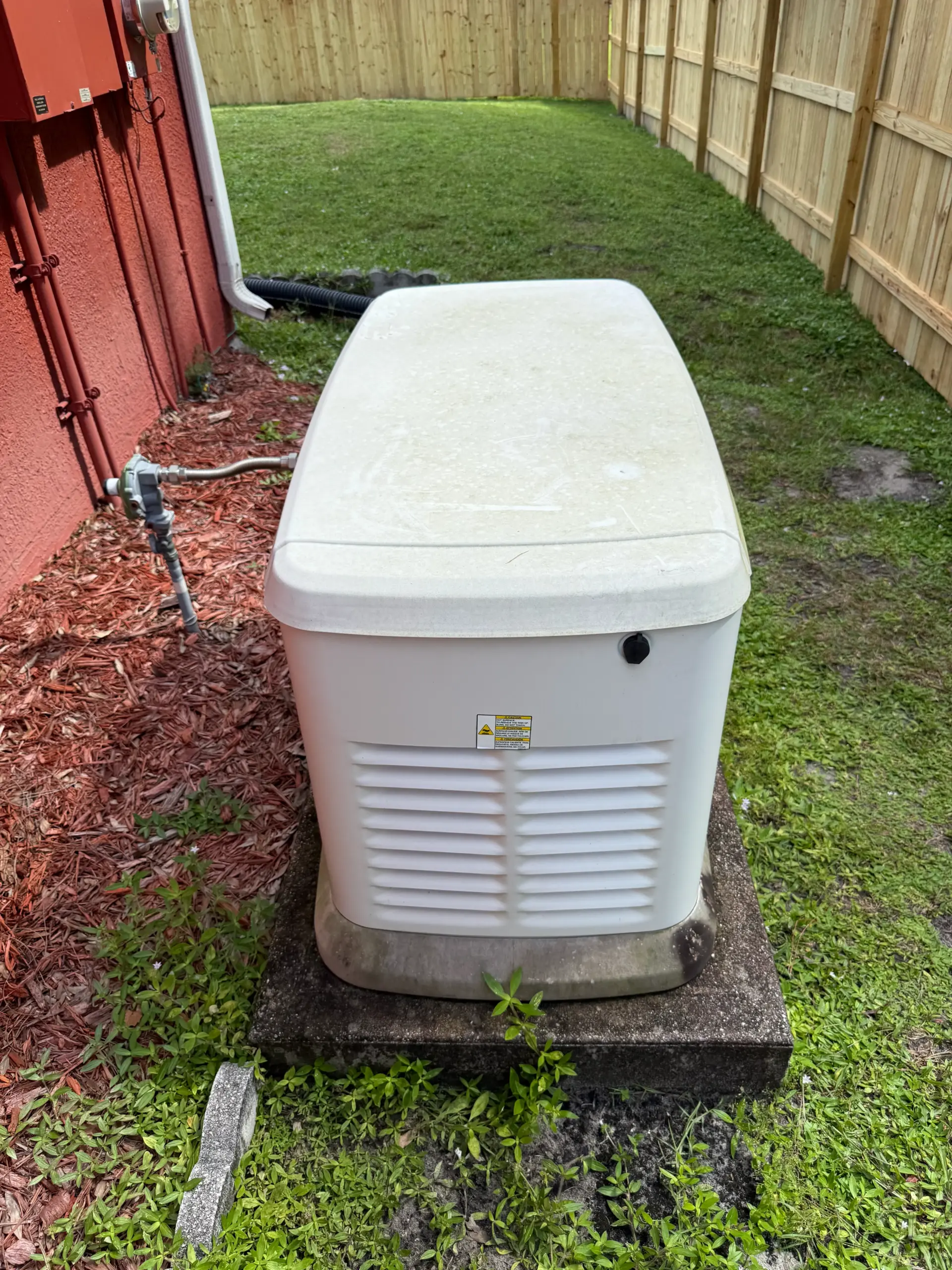How Much Electricity Does a Garage Door Use
When you’re evaluating your household energy consumption, the garage door opener probably doesn’t top your list. But if you’ve ever wondered how much electricity does a garage door use, the answer might surprise you—not because it consumes a massive amount, but because it operates so frequently, especially in multi-car homes or for busy families.
This article examines the true energy usage of garage door systems, how factors like horsepower and usage patterns affect electricity consumption, and why even small savings can matter over time. We’ll also explore efficiency tips, energy-saving technologies, and how professional installation from companies like Others Electric can ensure optimal operation. Understanding how much electricity does a garage door use is essential for homeowners who want to monitor energy usage more closely.

Breaking Down the Energy Consumption
Garage door openers are electric motor-driven machines that typically range between 1/3 horsepower (HP) and 1 horsepower. That’s equivalent to about 250 to 750 watts when the motor is active. But here’s the key detail: the motor doesn’t run continuously. It typically runs for 15–30 seconds per open or close cycle.
For example, if your garage door uses 500 watts while running and you open and close it 6 times per day (3 open/close cycles), you’re consuming about:
500 watts × 0.0083 hours (30 seconds) × 6 cycles = 24.9 watt-hours/day
Over a month, that’s about 747 watt-hours, or 0.747 kilowatt-hours (kWh). Considering the national average electricity cost is roughly $0.15 per kWh, you’re looking at an energy cost of around 11 cents per month.
Clearly, the motor usage alone is minimal. But there’s another part to the story: standby power. And it’s often the standby power that answers the question, how much electricity does a garage door use over time?

The Hidden Cost: Standby Mode
Garage door openers are always on alert, ready to receive a signal from your remote control. This readiness consumes phantom load or vampire power. Many models draw between 3 to 5 watts continuously in standby mode.
Let’s say your opener uses 4 watts in standby:
4 watts × 24 hours/day × 30 days = 2.88 kWh/month
At $0.15 per kWh, that’s roughly $0.43 per month—more than 4x the cost of actual motor use. Over a year, this adds up to $5.16, which may not seem like much until you multiply it by the number of appliances silently drawing standby power throughout your home.
In the grand scheme, how much electricity does a garage door use often depends on standby consumption more than actual motor operation. Addressing standby use can lead to meaningful annual savings.

How Type and Age of Opener Affects Usage
Older garage door openers, particularly those manufactured before 2010, tend to use more power both during operation and in standby mode. Their motor systems are less efficient, and their circuit boards are often not optimized for energy conservation. So if you’re trying to determine how much electricity does a garage door use, the answer will vary significantly depending on the age and model of the opener.
Modern openers certified by ENERGY STAR or equivalent standards use smarter circuitry and can have standby draws of less than 1 watt, a significant improvement. The difference in power consumption between an old chain-drive opener and a new belt-drive model with a DC motor can be dramatic, both in usage and noise levels.
Also, newer models come with LED lighting, which consumes far less power than older halogen or incandescent bulbs traditionally installed in garage opener housings.
Usage Frequency and Behavioral Impact
Even though garage door openers are low-power devices, high frequency of use increases their footprint. A single-person household using the opener twice a day will naturally consume far less electricity than a four-person household with daily in-and-out routines, kids playing in the driveway, or smart home automation systems tied to garage activity.
Some people use the garage door as their primary home entrance. For these users, it’s worth considering energy-efficient models and possibly integrating smart systems that reduce unnecessary cycles or power down the unit entirely during extended periods of inactivity. Monitoring how much electricity does a garage door use daily can reveal usage trends and help reduce unnecessary cycles.

Comparing Garage Door Use to Other Appliances
To understand how much electricity does a garage door use in context, it helps to compare it to other household devices. A refrigerator might consume around 150 kWh per month. A television uses roughly 30 kWh per month. A desktop computer may run up 20 kWh monthly. Compared to those, a garage door opener (including standby power) only consumes around 3.5 to 4 kWh per month.
This comparison shows that while the garage door opener is a small player in your overall energy bill, it’s not insignificant—especially when you consider multiple units or old models. With a better grasp of how much electricity does a garage door use, homeowners can make smarter energy decisions.
Saving Energy with Smart Garage Door Systems
New technologies allow for smarter energy management. Products like the myQ Smart Garage Hub, NEXX Garage, or LiftMaster’s Wi-Fi–enabled systems let you monitor and control your garage door from your phone. Some systems offer scheduling, alerts for excessive use, and remote locking features.
These systems can help reduce unnecessary operation and allow you to set eco modes during vacations or night hours. Additionally, integration with smart home hubs like Google Home or Amazon Alexa makes it easier to optimize garage use without thinking about it. Smart systems not only improve convenience but also help track how much electricity does a garage door use more accurately.

Installation and Wiring Efficiency
Beyond the opener unit itself, your wiring setup can influence energy efficiency. If installed poorly, resistance or voltage drops can reduce motor efficiency, requiring the unit to work harder.
Hiring licensed electricians—like the team at Others Electric—ensures your garage opener is wired efficiently, safely, and in compliance with Florida code. They also help assess overall garage lighting and outlets for maximum energy management. Getting professional insight into how much electricity does a garage door use can make a real difference.
Solar and Backup Battery Options
Some homeowners in Florida are investing in solar-powered or battery-assisted garage door systems. These are especially popular in hurricane-prone areas where grid power is unreliable. With solar integration, even minimal daily energy consumption can be offset completely.
Battery backups also allow your garage door to operate during outages, providing a safety and convenience benefit. Florida law actually requires battery backup functionality for new garage doors installed in residential homes after specific hurricanes, emphasizing how vital this feature can be during emergencies.
Homeowners often overlook how much electricity does a garage door use until faced with a power outage—at which point a solar or battery solution becomes essential.

Environmental Considerations and Carbon Footprint
Energy use from garage door systems may seem negligible, but over time, even small inefficiencies contribute to your home’s carbon footprint. If every household in Florida made an effort to reduce standby power and upgrade to efficient openers, the energy savings would be significant. Thinking beyond cost to the broader environmental impact reinforces why asking how much electricity does a garage door use matters.
Choosing solar-powered systems, ENERGY STAR–rated openers, and limiting unnecessary cycles can make your garage more sustainable. Homeowners aiming for green certifications or building LEED-certified homes should certainly factor garage energy use into their design considerations. Every bit counts when answering the question, how much electricity does a garage door use in the long run.

Conclusion
So, how much electricity does a garage door use? While the actual motor draw is minor—often under a kilowatt-hour per month—the standby power can add up. Multiply that by multiple openers and years of use, and the cost is more noticeable than you’d expect. The phrase how much electricity does a garage door use is more relevant than ever as homeowners seek to minimize their energy footprint.
By investing in a modern, energy-efficient opener, using smart controls, and ensuring professional installation, you can reduce waste and improve reliability. If you’re building a new home, renovating, or simply want to modernize your current system, talk to the professionals at Others Electric. Their expert team can help you make informed decisions that align with energy savings, functionality, and Florida’s weather conditions.
For more technical insight, visit the U.S. Department of Energy, or check out the ENERGY STAR guidelines to compare product specs.







